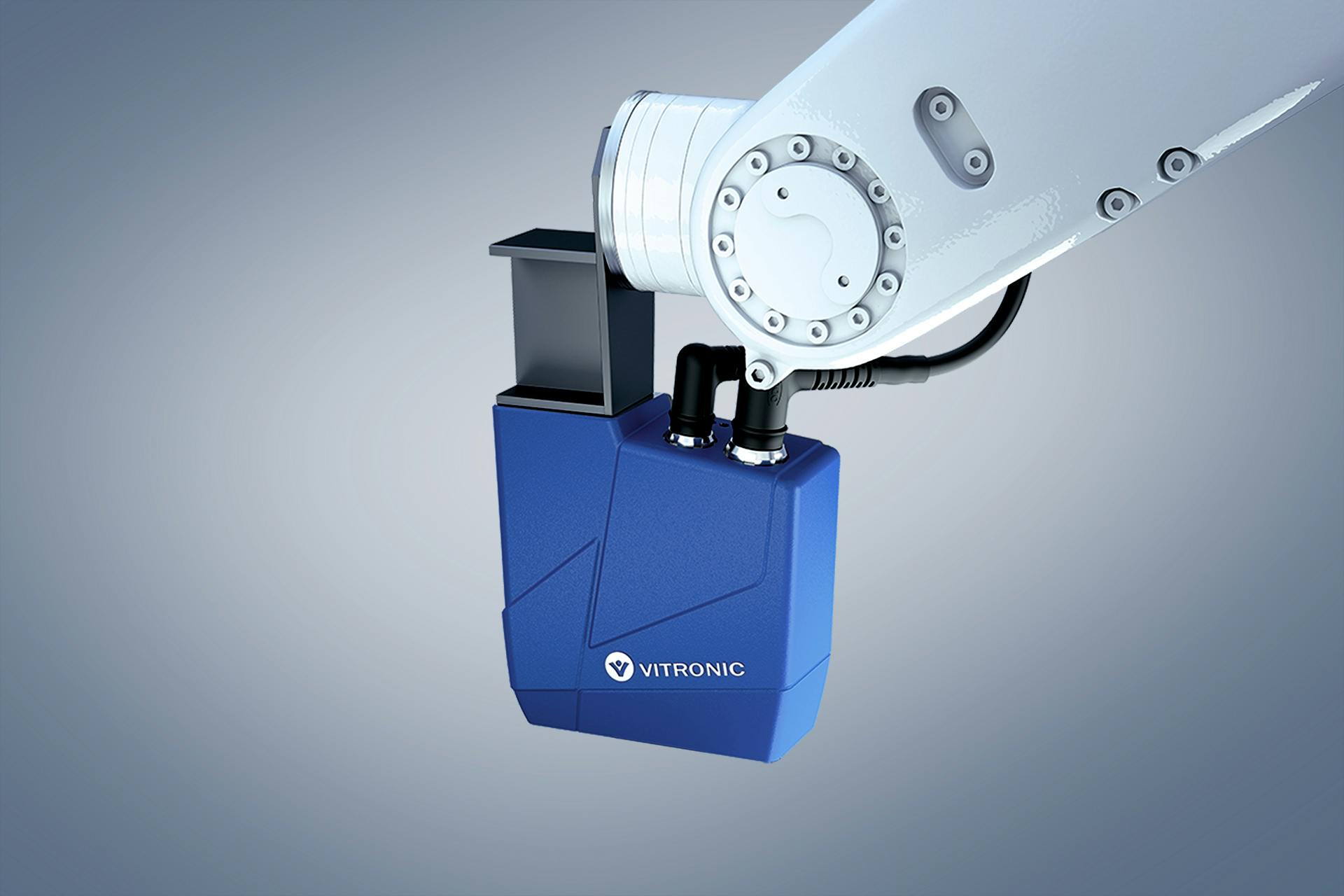What to Get out of a Comprehensive Welding Inspection Milwaukee Refine

Checking Out the Different Methods and Specifications of Welding Assessment for Getting Conformity and Dependability in Engineering Applications
The value of welding assessment in engineering applications can not be overstated, as it works as an important protect for guaranteeing structural honesty and conformity with industry criteria. Different methods, consisting of visual examination and progressed non-destructive screening methods, provide crucial insights right into the top quality of welds. In addition, adherence to well-known regulatory standards such as those from AWS and ASME develops a structure for accountability and quality. The landscape of welding examination is continually evolving, triggering a closer assessment of arising methods and their effects for design reliability. What might these advancements entail for future projects?
Significance of Welding Inspection
Welding evaluation plays an essential function in ensuring the stability and safety of bonded structures. The value of welding assessment can not be overemphasized, as it serves as a safeguard versus potential failings that could result from insufficient welding practices.
In addition, welding evaluation is essential for preserving quality control throughout the welding procedure. It guarantees that the welds fulfill the required mechanical and physical properties needed for their desired applications. Routine examinations likewise promote a culture of responsibility and continuous enhancement within welding procedures, motivating adherence to best methods and sector standards.
In controlled sectors such as construction, production, and aerospace, rigorous welding assessment protocols are mandated to adhere to legal and safety and security needs. Eventually, reliable welding examination not just protects human life and residential or commercial property however also improves the durability and dependability of welded structures, making it an important facet of design and building and construction.

Usual Welding Inspection Methods
A selection of examination approaches are employed to evaluate the quality and integrity of welds, each customized to identify details types of flaws. Amongst one of the most typical methods is visual assessment, which includes a detailed exam of the weld surface area to determine noticeable problems such as cracks, damages, and insufficient combination. This method is frequently the first action in the assessment process as a result of its simplicity and cost-effectiveness.
One more widely utilized method is radiographic inspection, where X-rays or gamma rays pass through the weld to reveal inner problems. This technique is especially effective for discovering porosity and incorporations within the weld material. Ultrasonic screening employs high-frequency audio waves to recognize interior problems, providing an in-depth analysis of the weld's honesty.
Additionally, magnetic fragment examination is used for ferromagnetic products, permitting the detection of surface area and near-surface flaws by observing and applying magnetic areas particle patterns. Finally, dye penetrant screening includes applying a liquid dye to the weld surface area, exposing splits and various other suspensions upon inspection. Each of these methods plays an essential role in making sure weld top quality and conformity with sector standards
Non-Destructive Checking Techniques
Non-destructive testing (NDT) techniques are vital devices in the analysis of weld high quality, allowing assessors to assess the stability of welded joints without causing damage to the products. Various NDT approaches are utilized to identify potential issues, making sure that welds satisfy the needed standards for safety and performance.
Among one of the most prevalent techniques is ultrasonic testing (UT), which uses high-frequency acoustic waves to find inner imperfections such as gaps or fractures. Radiographic testing (RT) utilizes X-rays or gamma rays to create pictures of welds, exposing any type of suspensions within the product. Magnetic particle screening (MT) works visit their website for discovering surface and near-surface issues in ferromagnetic products through the application of electromagnetic fields and contrasting bits.
Liquid penetrant screening (PT) is another widely made use of method that entails using a color to the surface of the weld, which leaks right into any kind of splits, making them visible under ultraviolet light. Each of these approaches offers special advantages and constraints, and the choice of a suitable strategy is important to achieving precise evaluations of weld honesty. Ultimately, the execution of NDT methods considerably contributes to the dependability and safety of design applications.

Regulative Specifications and Compliance
In the world of welding evaluation, adherence to regulatory criteria and conformity is paramount to guarantee the safety and security and integrity of bonded structures (Welding Inspection Milwaukee). Different companies, consisting of the American Welding Culture (AWS), the American Culture of Mechanical Engineers (ASME), and the International Organization for Standardization (ISO), have established standards that regulate welding methods and examination procedures. These requirements offer a structure for quality control, outlining the required credentials for examiners and the methods for analyzing weld honesty
Conformity with these regulatory standards not just boosts the architectural integrity of welded settings up yet likewise alleviates dangers connected with failings, which can have tragic consequences. Evaluations should be done making use of defined treatments, consisting of visual, ultrasonic, and radiographic techniques, to ensure that welds meet defined criteria.
Moreover, adherence to these criteria is frequently called for by law, especially in industries such as production, aerospace, and construction. Routine audits and qualifications are necessary to preserve compliance, thereby fostering a society of security and click for source top quality within organizations. Ultimately, governing criteria and conformity work as the foundation of reliable welding evaluation methods, guaranteeing that engineered structures satisfy both efficiency assumptions and safety and security needs.
Ideal Practices for Welding Inspection
While maintaining compliance with governing standards is crucial, applying finest practices for welding inspection further boosts the safety and security and integrity of welded frameworks. Efficient welding evaluation begins with extensive preparation, that includes comprehending the particular needs of each task and making sure assessors are well-trained in relevant methods and requirements.
Making use of an extensive inspection list assists to make sure all vital aspects are assessed, such as weld size, infiltration, and visual issues. Non-destructive screening (NDT) strategies, such as ultrasonic or radiographic testing, need to be employed where suitable, giving a more thorough directory evaluation of weld high quality without compromising the honesty of the products.
Documents plays a considerable function in finest practices; preserving exact documents of assessments, including photos, test results, and compliance records, ensures accountability and facilitates future assessments. Additionally, fostering a culture of open communication between welders and examiners can result in early recognition of prospective problems, promoting prompt rehabilitative activities.
Final Thought
In summary, the application of extensive welding examination approaches and adherence to established requirements are vital for making sure compliance and integrity in engineering applications - Welding Inspection Milwaukee. Techniques such as aesthetic evaluation, radiographic screening, and ultrasonic testing work as essential tools in maintaining and determining defects top quality assurance. By cultivating a culture of responsibility and quality, organizations can boost the stability and longevity of welded structures, ultimately adding to the security and efficiency of engineering tasks
Various approaches, including aesthetic evaluation and advanced non-destructive testing strategies, offer important insights into the top quality of welds.Welding evaluation plays a vital duty in making sure the integrity and safety and security of bonded structures.A range of evaluation methods are used to evaluate the high quality and stability of welds, each customized to identify details kinds of problems.An additional widely utilized technique is radiographic inspection, where X-rays or gamma rays permeate the weld to disclose internal issues.In the realm of welding evaluation, adherence to regulative criteria and compliance is critical to ensure the safety and dependability of welded structures.